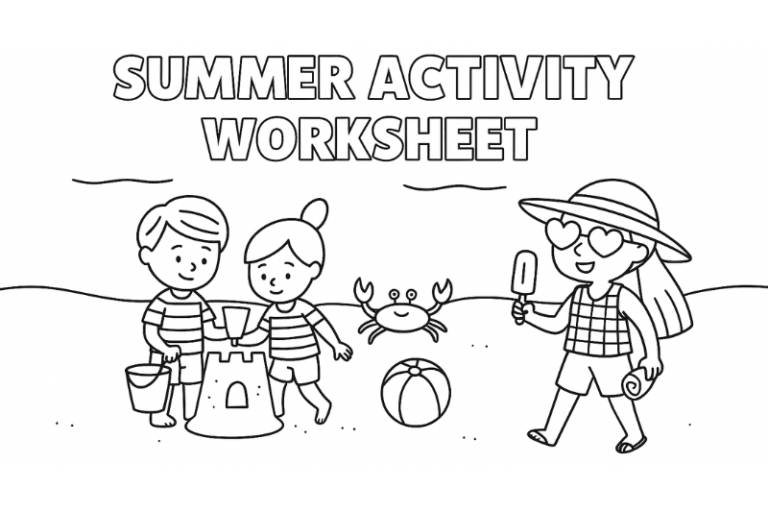“So Many Feelings” – A children’s book series about emotions
Understanding and being able to manage emotions is a crucial part of children’s development, especially during their preschool years. For young children, emotions can often feel overwhelming and difficult to express in words.
The children’s book series So Many Feelings by Doc Weathers uses picture books to help kids learn about different emotions.
Through vibrant illustrations and engaging stories, children gain a deeper understanding of their emotions and how to handle them.

So Many Feelings
Doc Weathers’ series focuses on several core emotions that are essential for children’s emotional growth.
Each book in the series is tailored to help children understand a specific emotion while providing practical tools to manage it.
Self-esteem
Self-esteem is about feeling valuable and believing in one’s abilities. Many young children struggle with insecurity, especially when comparing themselves to others.
Picture books on self-esteem allow children to reflect on their strengths and unique qualities. These stories encourage them to take pride in who they are and to confidently take their place in the world.

Fear and nervousness
Fear is a natural emotion that can arise in new or challenging situations, such as starting preschool or trying something for the first time.
Through stories of characters who feel scared, children learn that it’s normal to feel fear. They discover courage isn’t the absence of fear but the ability to act despite it.

Anger and frustration
Anger is one of the most intense emotions for young children, often triggered by conflicts or when things don’t go their way.
Books about anger help children identify what makes them upset and offer strategies for managing those feelings, like counting to ten or talking about what happened.
Learning to express anger healthily is an important skill that benefits children both at home and in preschool.

Joy and happiness
Joy is an emotion that many children naturally experience, but understanding what makes them happy and why is also part of emotional development.
By reading about joyful characters, children learn to appreciate and celebrate small moments of happiness in their daily lives, like playing with friends or achieving something new.
Sadness and loss
For young children, sadness can be a confusing and challenging emotion, especially when experiencing loss, such as losing a toy or missing a parent.
Picture books about sadness help children put their feelings into words and show that it’s okay to feel sad sometimes.
These stories also offer comfort and demonstrate how joy can be found again after difficult times.
Empathy and compassion
Empathy is the ability to understand and share another person’s feelings. Through stories where characters show compassion for one another, children learn to think beyond themselves and consider others’ needs and emotions.
Each book in the series takes children on a journey through the world of emotions, teaching them that it’s okay to feel as they do—and that there are always healthy and constructive ways to manage and express their feelings.
By covering a wide range of emotions, Doc Weathers’ series helps young children understand their own and others’ feelings.
Emotional intelligence
Young children often struggle to express their emotions in words, but they are highly receptive to visual cues.
Picture books or flashcards can powerfully reinforce messages about emotions through expressive illustrations.
The facial expressions and body language of characters provide children with clues about how different emotions look and feel. This helps them connect their own inner experiences to the emotions they see in the book.

Learning through empathy
An important aspect of reading about emotions is that it helps children develop empathy. As they follow characters’ journeys—from feeling nervous to finding courage, for instance—they learn to understand and respect others’ emotions.
Questions like “How do you think the character felt?” or “Have you ever felt that way?” help children make connections between the story and their own experiences.
The ability to understand and regulate emotions has been shown to be critical for success, both in school and in social relationships.
Children who are aware of their emotions and have learned to manage them are better equipped to collaborate with others, resolve conflicts, and adapt to new situations.
Learning about emotions early in life equips children with tools they will carry throughout their lives.



